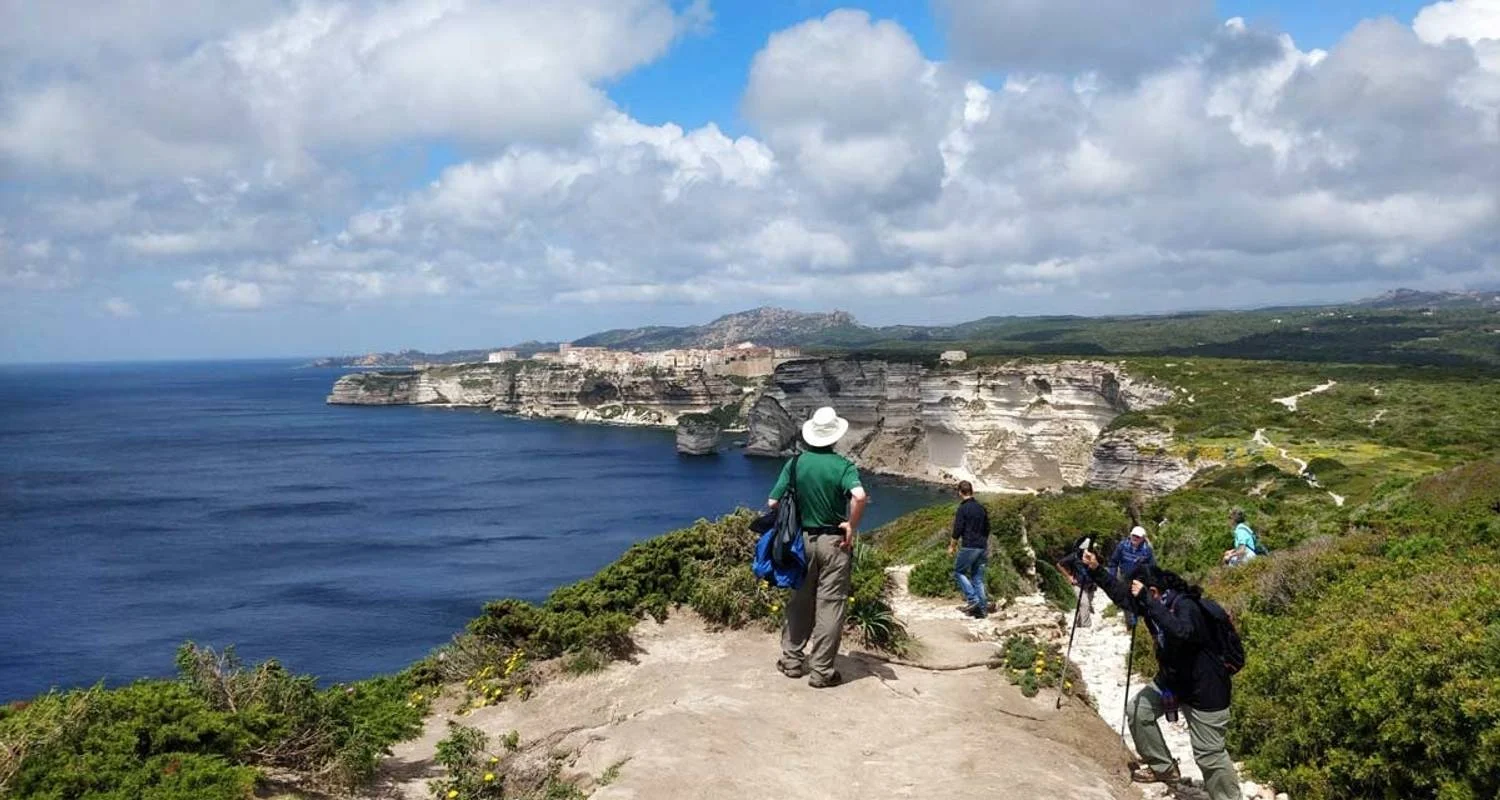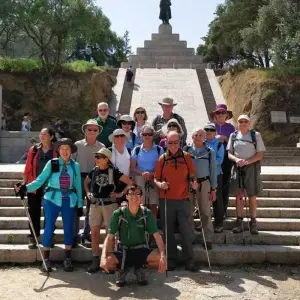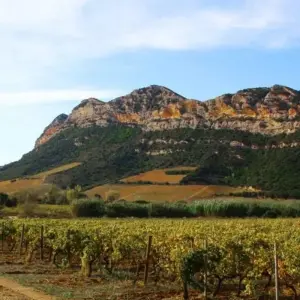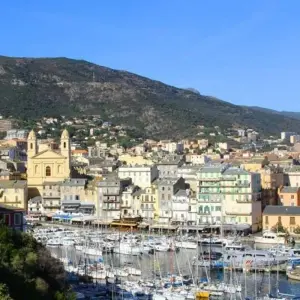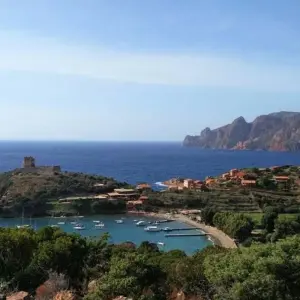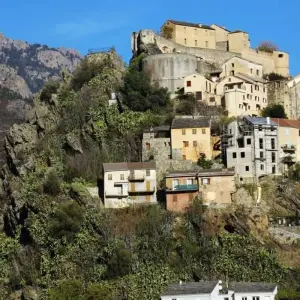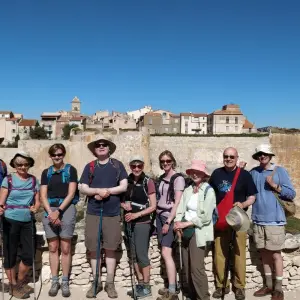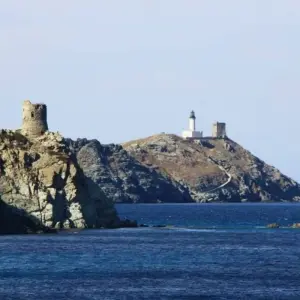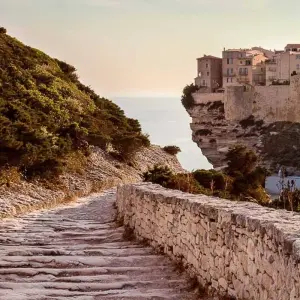YOUR CONTRACT IS WITH Caspin Journeys Ltd.
1. Tour reservation and booking
To make a reservation for a tour you, the customer must complete a booking form and pay a 25% deposit.
Early Birds: To make a reservation for a tour scheduled more than 9 months prior to the tour start date, pay
only a small initial commitment fee and pay the balance of the 25% deposit 9 months in advance.
The final balance is payable 75 days before the departure date. If the balance is not paid in time, we
reserve the right to cancel your reservation and apply cancellation charges as set out below.
When making a reservation less than 75 days prior to the tour starting the full amount of the tour is
payable at the time of booking.
2. Your tour contract:
When you make a booking, you guarantee that you have the authority to accept and do accept on behalf of
yourself and your party the terms of these booking conditions. A contract will exist as soon as we issue our
confirmation invoice. This contract is made on the terms of these booking conditions, which are governed
by English Law, and the jurisdiction of the English Courts. You may however choose the law and jurisdiction
of Scotland or Northern Ireland if you live there and wish to do so.
3. Your tour price
We reserve the right to alter the prices of any of the tours shown on our website. You will be advised of the
quoted price of a tour when you request to book. Once you have paid your deposit and your tour
reservation has been confirmed by us in writing the quoted price (in the local currency) to you, the
customer, is guaranteed for that reservation and departure date except in the case that Caspin Journeys Ltd
has to reschedule the tour due to force majeure.
Right to surcharge - In the unlikely event that your departure date is changed by us due to force majeure,
we reserve the right to surcharge but we will endeavour to avoid doing so and it will be strictly in line with
the increased costs which we may incur from our suppliers.
4. If you change your booking/reservation
If, after our confirmation invoice has been issued and up to 76 days prior to the start of a tour, you wish to
change your tour reservation in any way, for example your chosen departure date, we will do our utmost to
accommodate these changes, but it may not always be possible. Any request for changes must be in writing
from the person who made the booking. If you ask to change your reservation and we can accommodate,
you must pay any administration charges and any further costs we incur in making this alteration plus any
price difference between the total amount you originally paid and the total amount due for the new
reservation.
5. If you cancel your booking/reservation.
You, or any member of your party, may cancel your travel arrangements at any time. Written notification
from the person who made the booking must be received at our offices. Since we incur costs in cancelling
your travel arrangements, you will have to pay cancellation charges as follows:
NUMBER OF DAYS PRIOR TO TOUR START CANCELLATION FEE PER PERSON
More than 9 months (>270 days) Only the commitment fee
Less than 270 but more than 75 days 25% of tour price
less than 75 days but more than 30 days 50% of tour price
Less than 30 days no refund
Note: If the reason for your cancellation is covered under the terms of your insurance policy, you may be
able to reclaim these charges.
6. If we change or cancel your booking/reservation
As we plan our tour arrangements many months in advance we may occasionally have to make changes or
cancel your booking/reservation and we reserve the right to do so at any time.
Changes made by us
If we make a major change to your booking/reservation, we will inform you as soon as reasonably possible
if there is time before your departure. You will have the choice of either accepting the change of
arrangements, accepting an offer of alternative travel arrangements of comparable standard if available
(we will refund any price difference if the alternative is of a lower value), or cancelling your tour and
receiving a full refund of all monies paid to us. These options do not apply for minor changes. Examples of
minor changes include change of accommodation to another of the same or higher standard, changes of
itinerary (for example, due to closure of a museum or road or adverse weather conditions).
Cancellation by us
We will not cancel your tour booking less than 75 days before your departure date, except for reasons of
force majeure or failure by you to pay the final balance. We reserve the right to cancel a booking or a tour if
we consider it necessary, or if the minimum of participants is not reached by 75 days before the date of
commencement of the tour, or at any time and for any reason, although obviously we will endeavour not to
do so. If we cancel a tour you will receive prompt and full refund of all money paid to Caspin Journeys Ltd
for the tour.
We adhere strictly to all current advice from the British Foreign Office on the safety of our travel
destinations. If part of a destination is affected by or deemed unsafe to travel to due to Force Majeure, we
will amend our itinerary accordingly. In cases where it is not possible to amend our itinerary or the whole
territory of a destination is deemed unsafe to visit we will either reschedule the tour to a later date or
cancel the tour. If we cancel a tour we will refund any money in full that you have paid to us conditional on
our receipt of refunds from our pre-paid suppliers.
Force Majeure can be understood to mean any of the following: war, riot, industrial dispute, terrorist
activity and its consequences, natural or nuclear disaster, fire, adverse weather conditions, epidemics and
pandemics, unavoidable technical problems with transport.
7. If you have a complaint
If you have a problem during your tour, your first point of contact is your tour leader who will immediately
endeavour to put things right. If your complaint is not resolved locally, please follow this up within 28 days
of your return home by writing to our Customer Services Department at 65 Randall Road, Kenilworth, CV8
1JX, United Kingdom giving your booking reference and all other relevant information. Please keep your
letter concise and to the point. It is strongly recommended that you communicate any complaint to the
supplier of the services as well as to your tour manager. If you fail to follow this simple procedure we will
have been deprived of the opportunity to investigate and rectify your complaint whilst you were on the
tour and this may affect your rights under this contract.
8. Prompt assistance while on tour
If the contract we have with you is not performed or is improperly performed as a result of failures
attributable to a third party unconnected with the provision of the services, or as a result of failures due to
unusual and unforeseeable circumstances beyond our control, the consequences of which could not have
been avoided even if all due care had been exercised, or an event which we or our suppliers, even with all
due care, could not foresee or forestall, and you suffer an injury or other material loss, we will offer you
such prompt assistance as is reasonable in the circumstances.
9. Passport, visa and immigration requirements
Your specific passport and visa requirements, and other immigration requirements are your responsibility,
and you should confirm these with the relevant Embassies and/or Consulates. We do not accept any
responsibility if you cannot travel because you have not complied with any passport, visa or immigration
requirements.
10. Excursions
Excursions or other tours that you may choose to book or pay for whilst you are on holiday are not part of
your package holiday provided by us. For any excursion or other tour that you book, your contract will be
with the operator of the excursion or tour and not with us. We are not responsible for the provision of the
excursion or tour or for anything that happens during the course of its provision by the operator.
11. Getting to the tour start and departure
The pickup point and time are specified in the itinerary. You are responsible for your own transport for
arriving at the advertised tour departure point. In agreement with the office, we may be able to pick you up
on the tour start day from a nearby hotel free of charge, but this must be arranged in advance. Caspin
Journeys Ltd will also undertake to drop you off at the agreed departure point on the day of departure. If
you are leaving early you will be responsible for your own transport to the airport.
12. Payment methods
Our preferred method of payment is by bank transfer, though we also accept payment by personal debit
card/credit card (at least 75 days before departure). We do not accept any payments from
corporate/business credit or debit cards. Please indicate your preferred method of payment on the booking
form.
13. Code of conduct
When you sign up for one of our tours, you accept responsibility for the proper conduct of all members of
your party and agree to abide by the decision of your Caspin Journeys tour leader. If you commit a crime or
behave in such a way as to endanger the safety and welfare of the party, our leaders have the right to ask
you to leave the tour immediately and there will be no refund payable. On unescorted excursions, we rely
on you to act sensibly and prudently at all times and to comply with local codes of conduct. You will
indemnify us of all losses and/or damages arising from any act of misconduct on your part or anyone in
your party.
14. Travel Insurance
It is a requirement of booking with Caspin Journeys Ltd that you have adequate personal travel insurance to
cover the eventualities of your trip.
You are strongly advised to insure yourself against possible risks that may occur and in particular to ensure
that you have sufficient pre-departure cancellation cover which includes dependent relatives upon whom
your trip may depend. You should make sure your insurance includes escorted/led travel, as this is specific
to the type of tour we offer. You are required to carry proof of insurance with you and produce it if
requested by company employees or suppliers.
You are responsible for ensuring that you are in possession of a valid travel insurance plan for the entire
duration of your trip in respect of medical expenses, medical emergency repatriation (including helicopter
and air ambulance) and death. You must ensure that there are no exclusion clauses that limit cover for the
type of activities included in your tour as we will not be responsible for costs you may incur as a result of
not having valid or adequate travel insurance. It is the responsibility of all our clients to declare any
material facts including known medical conditions to their insurers, as failure to do so may result in a claim
being reduced or declined.
15. Health & Fitness for travel
It is your responsibility to tell us before you book of any disability or medical condition which may affect
your tour arrangements and any resulting special needs. All such information must be confirmed in writing
before or at the time of booking. A reasonable level of fitness is required for our tours and excursions as
some walking and hiking can be involved. If you are in any doubt about the suitability of any of our tours,
please just ask.
Our tours are “activity” tours and clients are expected to satisfy themselves prior to booking that they are
fit and able to complete the itinerary of their chosen tour as described in the website brochure. If it
transpires that you are not adequately fit, or affected by any condition, medical or otherwise, that might
affect your or other people’s enjoyment of the tour, you may be asked to opt out of certain visits or invited
to leave the tour altogether. This would be at your own expense.
16. Personal Injury
We will not make any payment if your injury, illness, or death was caused by an event or circumstances
which the person who caused it could not have predicted or avoided even if they had taken all necessary
and due care. We will not make any payment if your illness, injury or death was your own fault. If we do
make a payment, it will be like one you would receive under English law in an English court.
17. Photography & promotional material
We may use photographs or videos of our tours to create promotional material. We retain the right for any
likeness or image of you taken on one of our tours may be used by Caspin Journeys without charge in all
media (whether now existing or in the future invented) for bona fide promotional or marketing purposes,
including without limitation promotional materials of any kind such as brochures, slides, video shows or the
internet. If you do not wish to consent to us using your image in such a way, it is your obligation to
communicate this to us in writing.
18. Data Protection
In order to process your booking and to ensure that your travel arrangements run smoothly and meet your
requirements we Caspin Journeys Ltd need to use the information you provide such as name, address, any
special needs/dietary requirements etc.
We take full responsibility for ensuring that proper security measures are in place to protect your
information. We must pass the information on to the relevant suppliers of your travel arrangements such
as hotels, transport companies etc. The information may also be provided to security or credit checking
companies, public authorities such as customs/immigration if required by them, or as required by law.
Additionally, where your holiday is outside the European Economic Area (EEA), controls on data protection
in your destination may not be as strong as the legal requirements in this country. We will not however,
pass any information onto any person not responsible for part of your travel arrangements. This applies to
any sensitive information that you give to us such as details of any disabilities, or dietary/religious
requirements. (If we cannot pass this information to the relevant suppliers, whether in the EEA or not, we
cannot provide your booking. In making this booking, you consent to this information being passed on to
the relevant persons.)
You are entitled to a copy of your information held by us. If you would like to see this please contact us.
19. Covid-19
We adhere strictly to all current advice from the British Foreign Office on the safety of our travel
destinations. Please check the most up to date travel restrictions and country-specific requirements before
you travel. No automatic refunds - Please note that government-imposed advice on vaccination or
quarantine will not automatically result in a tour being cancelled nor in an automatic entitlement to
refunds.
_________________________________________________________________________________
DAY TOURS – terms and conditions
Note: This section is only relevant to customers booking Day Tours with Caspin Journeys
1. Booking
Once your booking has been made, you will be emailed or given a copy of your reservation. This is your
proof of booking and must be brought with you on the day. There is no travel insurance included.
2. Cancellation
Once you have booked your tour, we cannot accept cancellations within 28 days of the tour date.
Cancellations made before that date must be made in writing and will be subject to a cancellation fee.
Under no circumstances can we be held responsible for weather conditions. We accept no responsibility for
weather conditions that may affect the delivery and implementation of our itinerary. No reservation can be
cancelled or amended by you at any time on the basis of weather conditions.
3. Cancellation by us
In the very unlikely event of us having to cancel a departure, you will be entitled to a full refund.
Should circumstances beyond our control (site closures, road closures etc) prevent us delivering the full
published itinerary, Caspin Journeys will undertake to provide an alternative to the same value.
4. Travelling
It is your responsibility to be at the departure point on time. Caspin Journeys cannot be held responsible for
tours missed due to late arrival.
During the tour, we ask that you behave appropriately at all times showing courtesy and respect to your
fellow travellers, driver and Tour Leader. Failure to do so may result in you being asked to leave the tour. In
such a case, we will not be liable for any refund, compensation or any additional costs incurred by you.
Caspin Journeys will endeavour to return by the scheduled tour end time, but in the event of excessive
traffic cannot be held responsible for missed connections.
Smoking is not permitted on the bus

